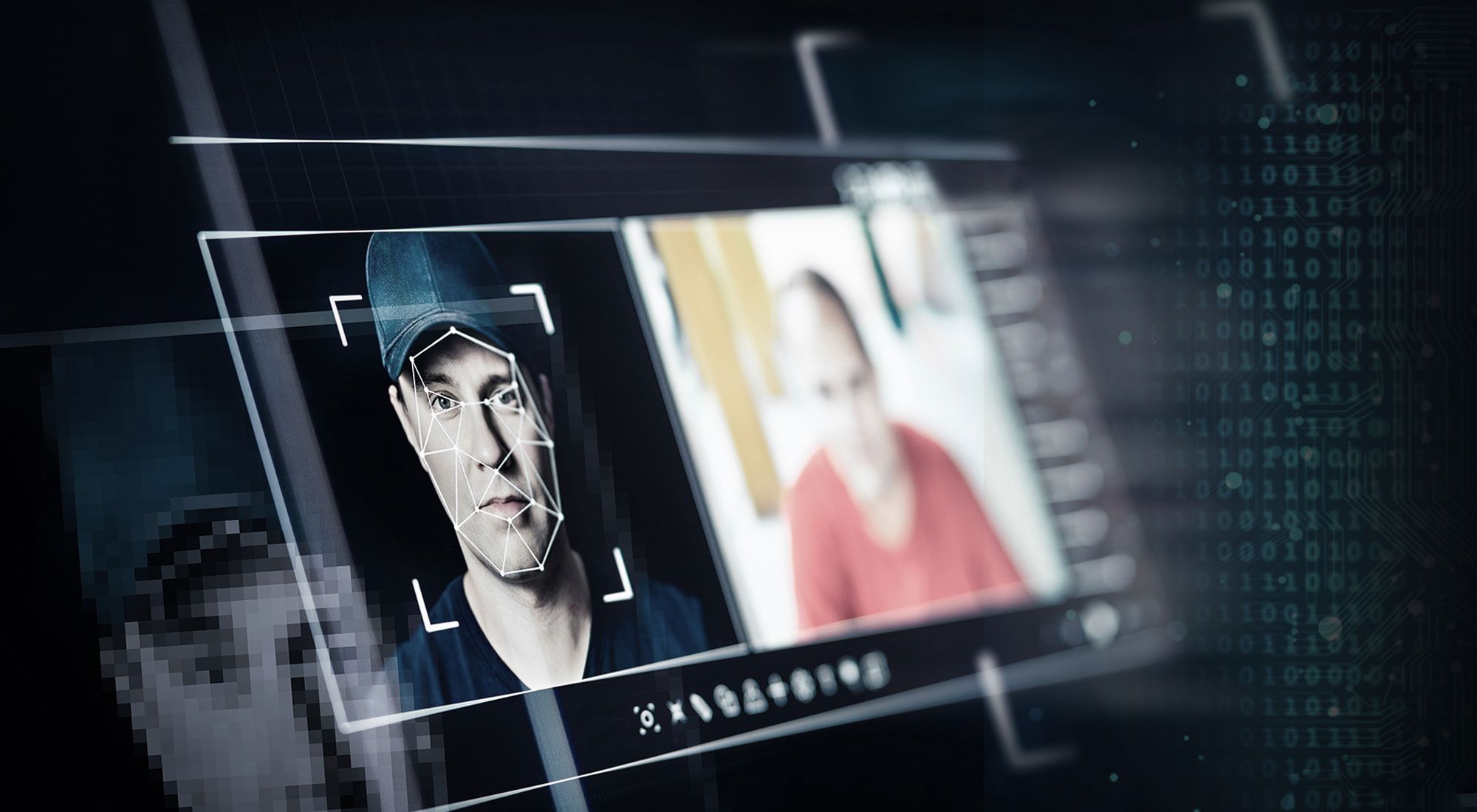

In today’s digital age, deepfake technology has emerged as a powerful and controversial tool, blurring the lines between reality and fiction. Let’s learn more about this topic below with 2048 Unblocked. As we delve into the world of deepfakes, we’ll explore their potential implications, both positive and negative, and the challenges they pose to our society.
Deepfake technology has rapidly evolved in recent years, thanks to advancements in artificial intelligence and machine learning. This sophisticated form of synthetic media allows for the creation of highly realistic videos, images, and audio recordings that can convincingly manipulate or replace a person’s appearance, voice, or actions. The term “deepfake” itself is a combination of “deep learning” and “fake,” highlighting the AI-driven nature of this technology.
Initially developed for entertainment purposes, deepfakes have found applications in various fields, including film production, virtual reality, and even educational simulations. However, their potential for misuse has raised significant concerns among experts, policymakers, and the general public alike.
The creation of deepfakes involves training AI algorithms on vast datasets of images, videos, or audio recordings of a target individual. These algorithms then learn to generate new content that mimics the person’s appearance, mannerisms, and voice with startling accuracy. As the technology continues to improve, the line between genuine and fabricated content becomes increasingly blurred, posing challenges for authentication and verification processes.
While deepfakes have garnered attention for their potential to create engaging and immersive entertainment experiences, their darker implications have become a cause for alarm. The ability to manipulate reality so convincingly has opened up new avenues for disinformation, fraud, and malicious activities.
Read more: AI-Powered Gadgets You Can Actually Buy Today
One of the most pressing concerns surrounding deepfake technology is its potential for spreading misinformation and propaganda. In an era where trust in media and institutions is already fragile, the proliferation of highly convincing fake videos and audio recordings can further erode public confidence and manipulate public opinion.
Political figures and celebrities have been frequent targets of deepfake creators, with fabricated videos showing them making controversial statements or engaging in compromising situations. These manipulated media can have far-reaching consequences, influencing elections, damaging reputations, and even inciting social unrest.
The threat extends beyond public figures to ordinary individuals as well. Deepfakes have been used in cases of revenge porn, identity theft, and financial fraud. The technology’s ability to superimpose someone’s face onto another person’s body or manipulate their voice has raised serious privacy and security concerns.
Moreover, the existence of deepfakes has created a “liar’s dividend,” where real footage of misconduct or incriminating evidence can be dismissed as fake, further complicating efforts to establish truth and accountability in various spheres of life.
As the dangers of deepfake technology become more apparent, efforts to detect and combat them have intensified. Researchers and tech companies are developing sophisticated algorithms and tools to identify manipulated media. These detection methods often rely on analyzing subtle inconsistencies in lighting, shadows, or facial movements that may not be apparent to the human eye.
However, as deepfake technology continues to improve, the cat-and-mouse game between creators and detectors becomes increasingly challenging. This has led to calls for a multi-faceted approach to addressing the deepfake threat, combining technological solutions with legal and educational measures.
Governments and regulatory bodies around the world are grappling with how to address the challenges posed by deepfakes. Some jurisdictions have introduced or proposed legislation specifically targeting the malicious use of deepfake technology. These laws often focus on criminalizing the creation and distribution of non-consensual deepfake pornography or the use of deepfakes for fraud or election interference.
However, crafting effective legislation in this area is complex, as it must balance concerns about free speech and artistic expression with the need to protect individuals and society from harm. Some argue that existing laws on fraud, defamation, and privacy may be sufficient to address many of the issues raised by deepfakes, while others advocate for more targeted regulations.
Educating the public about the existence and potential dangers of deepfakes is crucial in building societal resilience against their harmful effects. Media literacy programs that teach critical thinking skills and encourage skepticism towards online content can help individuals better navigate the complex information landscape.
Journalists and fact-checkers also play a vital role in verifying the authenticity of viral videos and exposing manipulated content. Collaborative efforts between media organizations, tech companies, and academic institutions can help develop best practices for identifying and debunking deepfakes.
As we grapple with the challenges posed by deepfakes, it’s important to consider the broader ethical implications of this technology. The ability to manipulate reality so convincingly raises fundamental questions about truth, consent, and the nature of human identity in the digital age.
One of the key ethical concerns is the issue of consent. When deepfakes are created using someone’s likeness without their permission, it violates their right to control their own image and identity. This is particularly problematic in cases of deepfake pornography, where individuals may find themselves unwittingly portrayed in explicit content.
The technology also raises questions about the authenticity of historical records and the preservation of cultural heritage. As deepfakes become more sophisticated, it may become increasingly difficult to distinguish between genuine historical footage and manipulated content, potentially distorting our understanding of past events.
Moreover, the widespread use of deepfakes could contribute to a general erosion of trust in visual and audio evidence. In a world where any video or audio recording can potentially be fabricated, how can we maintain faith in the authenticity of media? This “reality apathy” could have far-reaching consequences for journalism, law enforcement, and other fields that rely on documentary evidence.
Despite the challenges and concerns surrounding deepfakes, it’s important to recognize that the technology also has potential positive applications. In the entertainment industry, deepfakes could revolutionize film production, allowing for more convincing visual effects and the recreation of deceased actors for posthumous performances.
In education and training, deepfake technology could be used to create immersive historical reenactments or simulate complex scenarios for medical or military training. The technology could also have applications in accessibility, allowing for more realistic sign language interpreters or dubbing of foreign language content.
As AI and machine learning continue to advance, we can expect deepfake technology to become even more sophisticated and widespread. This will likely lead to an arms race between deepfake creators and detection technologies, with each side continuously evolving to outpace the other.
The convergence of deepfakes with other emerging technologies, such as virtual and augmented reality, could further blur the lines between the physical and digital worlds. This could open up new possibilities for immersive experiences but also create new challenges for privacy and identity protection.
Read more: How AI Is Revolutionizing the Financial Industry
Given the dual nature of deepfake technology – its potential for both harm and benefit – it’s crucial to develop frameworks for its responsible development and use. This will require collaboration between technologists, policymakers, ethicists, and representatives from various industries affected by deepfakes.
. Clear labeling of synthetic media to distinguish it from genuine content
. Obtaining explicit consent from individuals whose likeness is used in deepfakes
. Implementing robust verification systems for sensitive applications of the technology
. Establishing industry standards for the responsible use of deepfakes in entertainment and advertising
Technological solutions will also play a crucial role in mitigating the risks associated with deepfakes. Blockchain technology, for instance, could be used to create immutable records of original content, making it easier to verify the authenticity of media. Digital watermarking and other forensic techniques could help trace the origin and manipulation history of digital content.
Social media platforms, as major conduits for the spread of deepfakes, have a significant responsibility in addressing this challenge. Many platforms have already implemented policies against manipulated media, particularly those intended to deceive users. However, the effectiveness of these policies and their enforcement remains a subject of debate.
Some argue that platforms should take a more proactive approach, using AI-powered detection tools to automatically flag or remove suspected deepfakes. Others advocate for a more nuanced approach that balances content moderation with free speech considerations.
Regardless of the specific approach, it’s clear that social media companies will need to invest heavily in both technological solutions and human moderation to effectively combat the spread of malicious deepfakes on their platforms.
As we navigate the challenges posed by deepfake technology, it’s important to remember the human factor. While technological solutions and policy measures are crucial, ultimately, our ability to critically evaluate information and maintain healthy skepticism will be key to resilience against deepfake-driven manipulation.